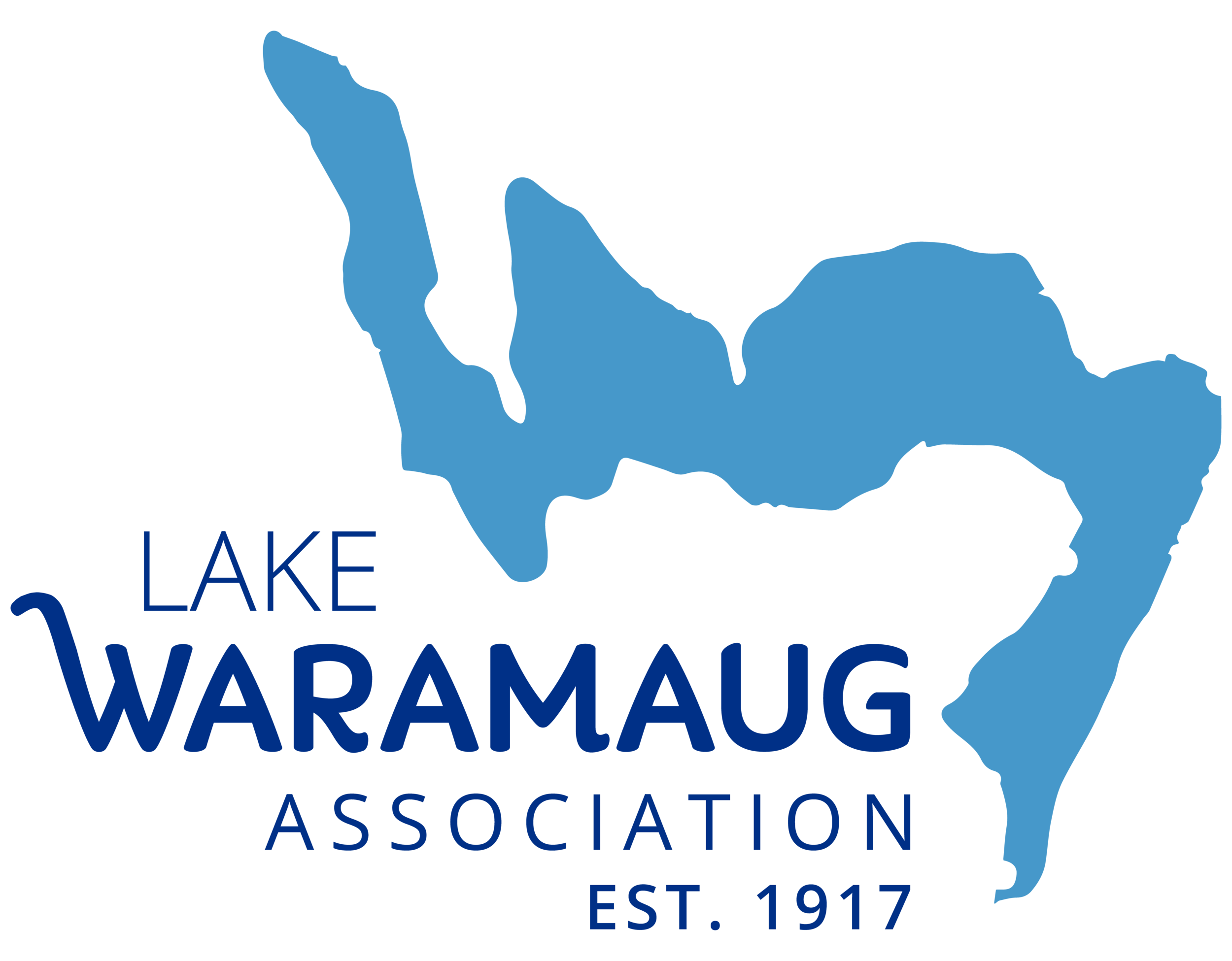Building & Landscape > Landscaping Guidelines
Landscaping Guidelines
Wetlands
Are Wetlands in Your Backyard? This is an excellent primer from a Rhode Island organization on the value of protecting wetlands. Please note that some regulations in Rhode Island may not be exactly like those in CT. But this will help you consider how your landscaping, drainage and yard maintenance affect wetlands and the lake.
Buffer Planting
Protective buffer strip planting of natural vegetation between lawn or hardscape and the Lake is recommended. A buffer catches and absorbs storm water runoff, filtering contaminants and inhibiting soil erosion. The Lake Waramaug Task Force (with the support of this Association, the Washington Environmental Council and Washington Garden Club) has sponsored a model planting at the property at 47 West Shore Road consisting of native trees, shrubs, flowering plants and grasses. Please download this list of plants for use in your yard.
"The Shore Primer - a Cottager's Guide to a Healthy Waterfront," provides a good description of the aging process of a lake and steps a homeowner can take to support their lake including buffer plantings, tree clearing and lessening lawn impact.
Lawns
For any lawn, avoid the use of chemical weedkillers and fertilizers. Connecticut state law now bans phosphorus in lawn fertilizers. Prevent grass clippings and leaves from falling into the Lake. If possible, let the grass grow at least 2-3 inches long between trimmings to conserve soil moisture.
Connecticut law restricts phosphorous in fertilizers.
Invasive Plants
The State of Connecticut has prohibited the importation, transportation, sale, purchase, possession, cultivation or distribution of a number of invasive plants including the following aquatic plants:
Curlyleaf Pondweed
Eurasian Water Milfoil
Variable Water Milfoil
Hydrilla
Fanwort
Egeria
Common Reed
Purple Loosestrife
Parrotfeather
American Water Lotus
Giant Salvinia
Water Lettuce
Onerow Yellowcress
Pond Water Starwort
Brittle Water Nymph
Water Chestnut
Yellow Floating Heart
Yellow Iris
Watercress (except without reproductive structures sold for human consumption)
For more information on invasive plants — with photographs — visit these websites:
Identification Guide to CT's Invasive Aquatic & Wetland Plants
Alternatives for Invasive Ornamental Plant Species, a helpful guide from UConn
Curlyleaf Pondweed
Curlyleaf Pondweed, an invasive plant, has been discovered in several areas of the lake. The Lake Waramaug Task Force is working with Aquatic Control Technology, Inc. of Sutton, Massachusetts to explore ways to eliminate it.
The Association is supporting the Task Force as they seek ongoing funding for this undertaking. Visit their website to learn how you can support this effort.
This incursion is a reminder of the risk to our Lake from a small indiscretion. Write your representatives to advocate for a state invasive plant policy and to secure funding to support and enforce it.
Trees
Our Trees page has links to lots of information on selecting, planting and caring for trees. In addition to enhancing property values, trees absorb carbon dioxide and produce oxygen; they lower surface and air temperatures, and can decrease home energy use as much as 30%; they help prevent erosion and filter storm water run-off; and trees provide crucial bird and wildlife habitat and refuge.
Clear cutting of trees in the Lake area is environmentally unsound and not allowed at all within 100 feet of a watercourse. Clear cutting allows storm water run-off onto adjoining properties and ultimately into the lake, causing substantial erosion and permanent harm to the Lake. Controlled thinning and judicious pruning can provide enhanced views. All such activities require a prior application to Land Use and Inland Wetlands officials, necessary approvals and compliance with any conditions imposed on the area.
